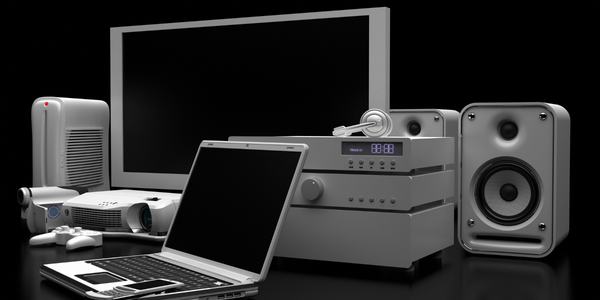公司规模
SME
地区
- Europe
国家
- Italy
产品
- COMSOL Multiphysics
- COMSOL Application Builder
技术栈
- Multiphysics Modeling
- Heat Transfer Simulation
- Numerical Simulation
实施规模
- Enterprise-wide Deployment
影响指标
- Customer Satisfaction
- Productivity Improvements
- Digital Expertise
技术
- 分析与建模 - 预测分析
- 功能应用 - 远程监控系统
适用行业
- 电子产品
- Professional Service
适用功能
- 产品研发
- 质量保证
用例
- 预测性维护
- 数字孪生
- 远程资产管理
服务
- 软件设计与工程服务
- 系统集成
关于客户
BE CAE & Test is a simulation consulting firm that leverages high-fidelity multiphysics models to streamline the consulting process. They specialize in creating custom simulation applications that allow clients to independently run simulations. This approach enhances engineering communication by providing clients with user-friendly tools to investigate their systems. BE CAE & Test uses COMSOL Multiphysics® software to model various electronic systems, including surface-mount devices (SMDs), to ensure proper heat management and functionality. Their expertise in numerical simulation and custom app development positions them as a leader in the field of simulation consulting.
挑战
Simulation consultants are using custom applications as an effective way to communicate their work to clients. Instead of delivering a static report, they can now deploy a product that contains the intricacy of an unabridged mathematical model, with the clarity and usability of an app. This lets clients run their simulations independently. At BE CAE & Test, we have created such an app to simulate a surface-mount device (SMD). Whether devices use or convert energy, they must properly manage heat so that they continue to operate in a designated temperature range. An SMD is an example of one electronic system that clients ask us to model. We make use of COMSOL Multiphysics® software to investigate these systems due to the wide range of physics that can be taken into account and the ease with which one can couple them.
解决方案
In our SMD model, the parts we're mainly interested in are the copper frame, lead-free solder layer, and the silicon die. The material of the solder layer and silicon die, the thickness of the solder layer, and the dissipated thermal power each have the potential to impact the maximum junction temperatures and junction-to-case thermal resistance. In our model, we investigate the effect of varying these parameters on heat distribution, as it ultimately affects the proper functioning of the SMD. In our test simulation run, the heat source is 15 W, the initial frame temperature is set to 25°C, and the remaining parts are thermally insulated. With COMSOL Multiphysics, it is straightforward to model heat transfer through the device, as all modeling steps are carried out in the same environment. We were able to quickly build the geometry; add materials; use the Heat Transfer in Solids physics interface to set up boundary conditions; mesh; solve; and postprocess the results with the expressions we defined, such as the junction-to-case thermal resistance. Once the COMSOL Multiphysics model is complete, it can be wrapped in a user-friendly interface with the Application Builder tool. As the experts in the physics at hand, we consider both our mathematical model and our client's specifications in order to choose the parameters that the app user can access and modify within an acceptable range. The app user can see the geometry of the SMD, adjust the solder thickness, generate a mesh, launch the simulation, return to default settings, and generate a report. These features are easily created with the functionality available in the COMSOL Application Builder.
运营影响
数量效益

Case Study missing?
Start adding your own!
Register with your work email and create a new case study profile for your business.













